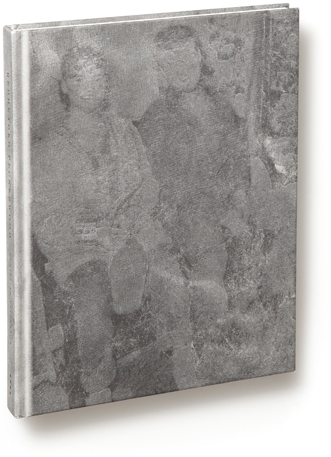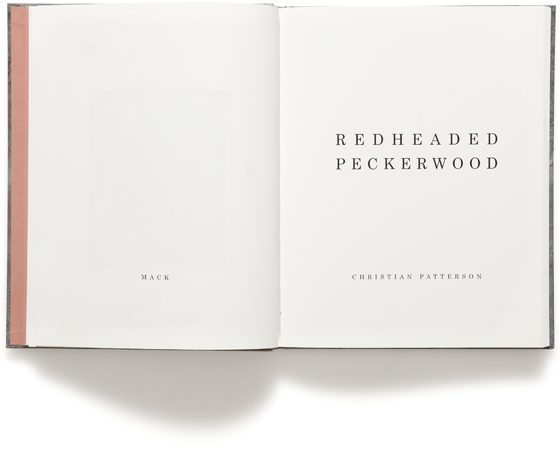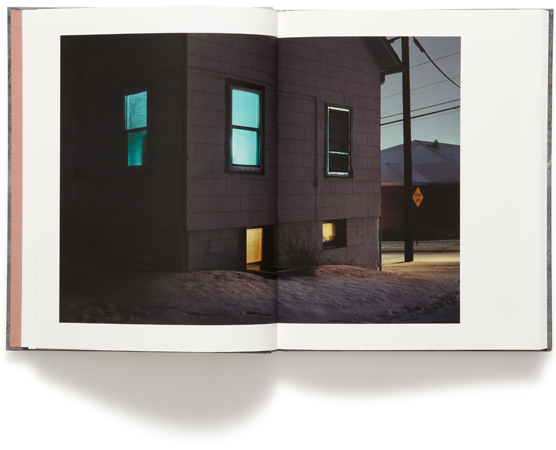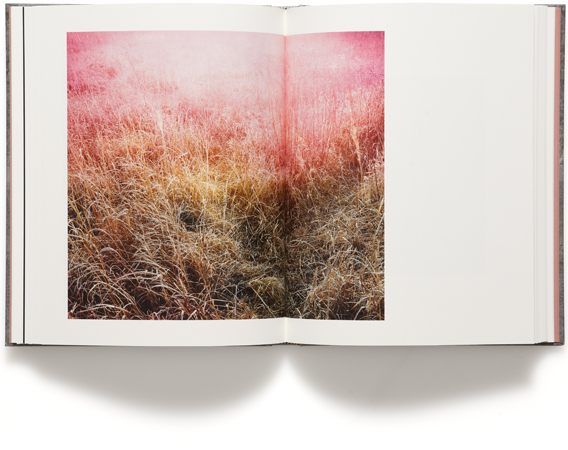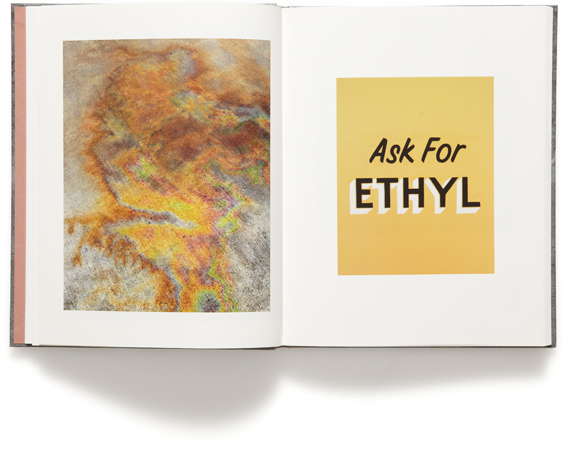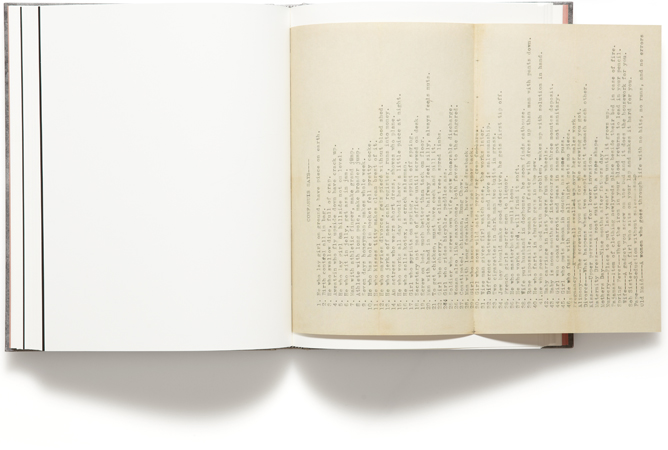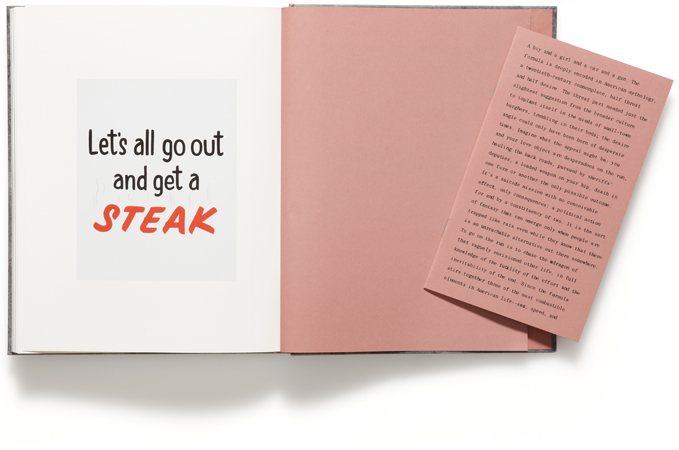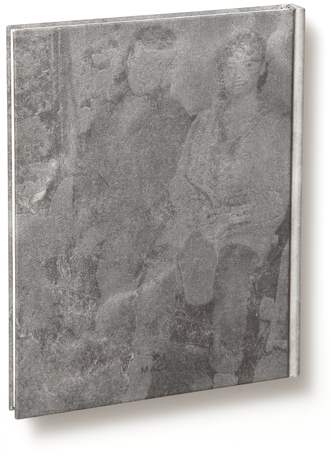https://vimeo.com/66457078
“A boy and a girl and a car and a gun. The formula is deeply encoded in American mythology, a twentieth – century commonplace, half threat and half desire. The threat part needed just the slightest suggestion from the broader culture to implant itself in the minds small – town burghers, trembling in their beds; the desire angle could only have been born of desperate times. Imagine what the appeal might be: you and your love object are desperadoes on the run, hauling the back roads, pursued by sheriffs’ deputies, a loaded weapon on your hip, death in one form or another the only possible outcome. It’s a suicide mission with no conceivable effect, only consequences; a political action for and by a constituency of two. It is the sort of fantasy that can emerge only when people are trapped like rats even while they know that there is an unreachable alternative out there somewhere. To go on the run is to chase the dragon of that vaguely envisioned other life, in full knowledge of the futility of the effort and the inevitability of the end. Since the formula stirs together three of the most combustible elements in American life – sex, speed and ballistics – you simply have to accept that you will explode along the way. The formula was already traditional by the time Charles Starkweather and Caril Ann Fugate hit the road in 1958. The principles were laid down ,most famously and enduringly by Bonnie Parker and Clyde Barrow in the few years before they were gunned down in 1934. The romance in their case was as evanescent as the damage was real; they were accomplices rather than a couple, although popular imagination supplied the sentiment. But they were married in blood – Bonnie took 23 bullets and Clyde 25. “
“Redheaded Peckerwood” is a photo book that was produced by Christian Patterson which unerringly walks that very fine line between fiction and nonfiction. It is a disturbingly beautiful narrative about unfathomable violence and it’s place on the land. It is a work with a tragic underlying narrative, as it is telling the story of 19 year old Charles Starkweather an 14 year old Caril Ann Fugate. These two murdered 10 people, including Fugate’s family. During their three day killing spree across Nebraska, they were capture in Douglas, Wyoming. The photographs include the places and things / materials that are thought to be central to the story, depict ideas inspired by it, and capture other moments and discoveries along the way. The photographs themselves include a range of different photographic techniques and approaches, such as photojournalism, forensic photography, image appropriation, reenactment and documentary landscape photography. What Patterson does is that he is able to deal with a charged landscape and play with a photographic representation and truth as the work deconstructs a pre-existing narrative. The use of fact and fiction plays in well with our exam theme, and therefore being one of the reasons as to why I decided to look at this particular photo book. As well as that, it also presents the past and present, with elements of myth and reality, whilst expanding and re-presenting the various facts, factors and theories that surrounding this story. Something that is very important in this photo book and something that the viewers will notice straight away, the first time they open the photo book is that, the photographs are complemented and informed by documents and objects that belonged to the killers and their victims. These include things such as a map, a poem, a confession letter, a stuffed animal, a hood ornament and other various items. In several cases, these material are discoveries first made by the artists and presented here for the first time. Something else about the photo book that many will notice is that the work itself is presents as some sort of visual crime folder, with the enhancing aesthetic by including pieces of paper which have been inserted into the book. The many individual pieces included serve as cues and clues within the visual puzzle. In this way, there are connections that are left for the viewer to be made and mysteries that are still left to be solved and told.

